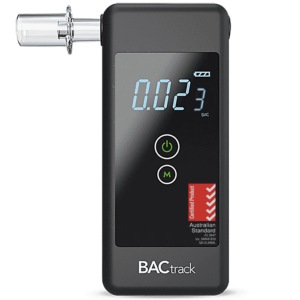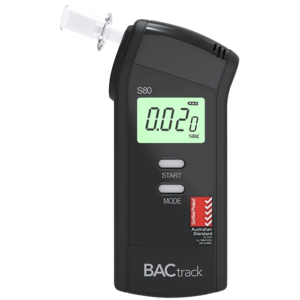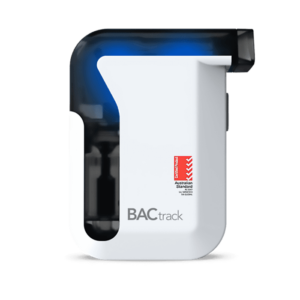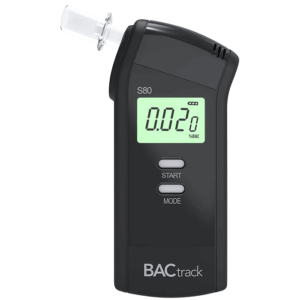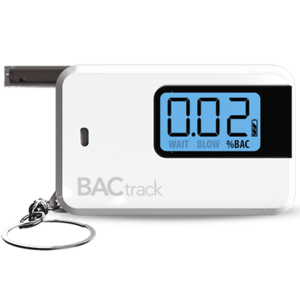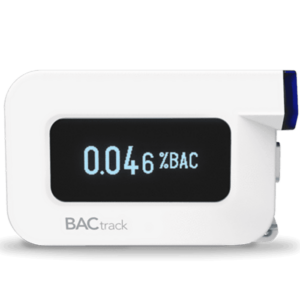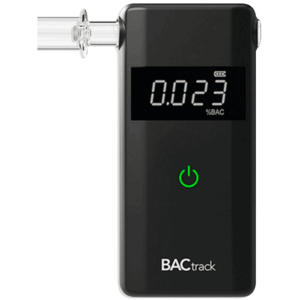DOT Drug and Alcohol Testing: What It Is and the Types of Tests
08 February, 2024

The Department of Transportation or DOT drug and alcohol testing is a series of tests to ensure the safety of employees and the public in transportation-related industries. These tests are mandatory for individuals working in safety-sensitive positions, such as truck drivers, airline pilots, train operators, and ship captains. It utilises various methods to detect illegal drugs and alcohol, such as urine, saliva, blood, and breath testing. Therefore, implementing these measures helps minimise the risk of accidents.
Substance abuse can have several negative consequences. It can lead to severe impairment in judgment, reasoning, perception, and coordination. Hence, it affects the ability of the person to perform safety-sensitive functions, such as driving or operating machinery. For this reason, the transportation industry has specific regulations for drug and alcohol testing that employers should follow. This article will explore the essentials of DOT testing, the types of test methods, and what to expect in the procedures and results.
What is DOT Drug and Alcohol Testing?
DOT drug and alcohol testing refers to the program of screening employees in the transport sector for the presence of illicit substances in their system. It is a program to help identify individuals who may be under the influence of drugs or alcohol while doing safety-sensitive duties. In addition, it aims to ensure the safety of the public by deterring substance use and abuse among employees.
The tests involve the collection of biological samples and analysis through laboratory methods or testing devices. They are often a part of pre-employment screening, random testing, post-accident testing, reasonable suspicion and return-to-duty testing. Hence, it ensures the safety of employees, passengers, and the general public.
Moreover, this drug and alcohol testing program is mandated by law. Therefore, aviation, trucking, railroads, pipelines, and maritime industry employers should adhere to these regulations. It also ensures compliance with the Health and Safety at Work Act, which encompasses the general obligation of employers to protect their employees across all industries.
Importance of the Testing
- Drug and alcohol tests ensure the safety of the public and prevent accidents on the roads.
- It helps maintain a drug-free work environment, promoting responsible employee behaviour and productivity.
- It aims to deter employees from engaging in substance abuse by implementing consequences for positive test results.
- Regular testing can help identify employees who may be struggling with drug and alcohol abuse issues and provide the necessary intervention and support.
- It ensures compliance with regulations, helping companies to avoid penalties and legal challenges.
- It helps minimise the potential for costly lawsuits resulting from accidents caused by impaired workers.

Types of DOT Drug and Alcohol Testing
There are several types of DOT drug and alcohol testing, depending on the circumstances or situation. The most common method is the urine test. It is a less invasive procedure and can detect a wide range of substances. Another type of testing is the saliva test. This test can determine the recent use of a drug or alcohol. Both types can provide quick results.
Additionally, the breath test is the standard method for alcohol testing. It utilises a breathalyser device to measure Blood Alcohol Concentration (BAC) or the intoxication level. This test can also provide quick results in seconds, allowing employers to make informed decisions immediately. Furthermore, the device is easy to use and can be operated by a breath alcohol technician or a trained individual.
The hair test is another type of drug testing method used in DOT testing. It involves collecting a hair sample and analysing it for the presence of drugs. This test can detect drug use over a longer period, up to 90 days, compared to urine or saliva tests, which typically have a shorter detection window.
What Can Be Detected?
Drug tests can detect both illegal and prescribed substances. The common drugs included in the test are marijuana, cocaine, amphetamines, opiates, and Phencyclidine (PCP). They are prone to abuse due to their euphoric or mind-altering effects. However, they can cause severe impairments and long-term health risks.
Alcohol tests, on the other hand, primarily detect the presence of ethyl alcohol, which is the main ingredient in alcoholic beverages. This is important as alcohol impairment can significantly affect the ability to perform safety-sensitive functions. The presence of any of these substances can violate the drug and alcohol testing policy and have serious repercussions.

What to Expect in a DOT Drug and Alcohol Testing?
There are certain procedures that one can expect when undergoing DOT drug and alcohol testing. First and foremost, these tests are mandated for commercial motor vehicle drivers, truck drivers, airline employees, and other safety-sensitive employees. Secondly, testing for employees occurs on a regular or random basis to ensure ongoing compliance with regulations.
Moreover, during the test, employees will be notified and given instructions to report to a collection facility. The testing process involves a trained service agent collecting urine, saliva, breath, hair, or breath samples from employees. Urine specimens must be divided into two samples, a primary and a split specimen. Initial screens allow employees to receive their results and determine if further testing is necessary.
If a test returns positive, the employee may be subject to disciplinary action, including suspension or termination. Thus, it is crucial for employers to ensure the test procedure is accurate and reliable to prevent any legal challenges. One of the important considerations is securing the chain of custody form for the specimens.
What Happens After a Non-Negative Result?
When a test comes back with a non-negative result, it indicates the presence of drugs or alcohol in the system. This result does not necessarily mean that the person is impaired at the time of the test. However, it does raise concerns about their fitness for safety-sensitive duties.
In this case, the split specimen is sent to a lab for a confirmation test. A medical officer reviews the test and determines if the result is a final positive or negative. They will also consider any medical explanations on why the initial result is non-negative, such as a health condition.
Conclusion
DOT drug and alcohol testing is an important process for ensuring the safety of employees in the transportation industry. The test aims to identify individuals who are at risk of impairments due to substance use, with increased chances of getting into an accident. Therefore, employers can implement appropriate measures to minimise these hazards and maintain a safe environment. This not only protects the individual or the workplace but also the general public.
Furthermore, DOT tests include various methods to detect drugs and alcohol. The common types are urine, saliva, blood, and hair for drug screening and breathalyser for alcohol testing. In case of non-negative results, the samples undergo confirmation testing to determine if it is indeed due to usage and not another factor. An MRO also considers the medical history of a person. Overall, it promotes safety and a productive environment.


















